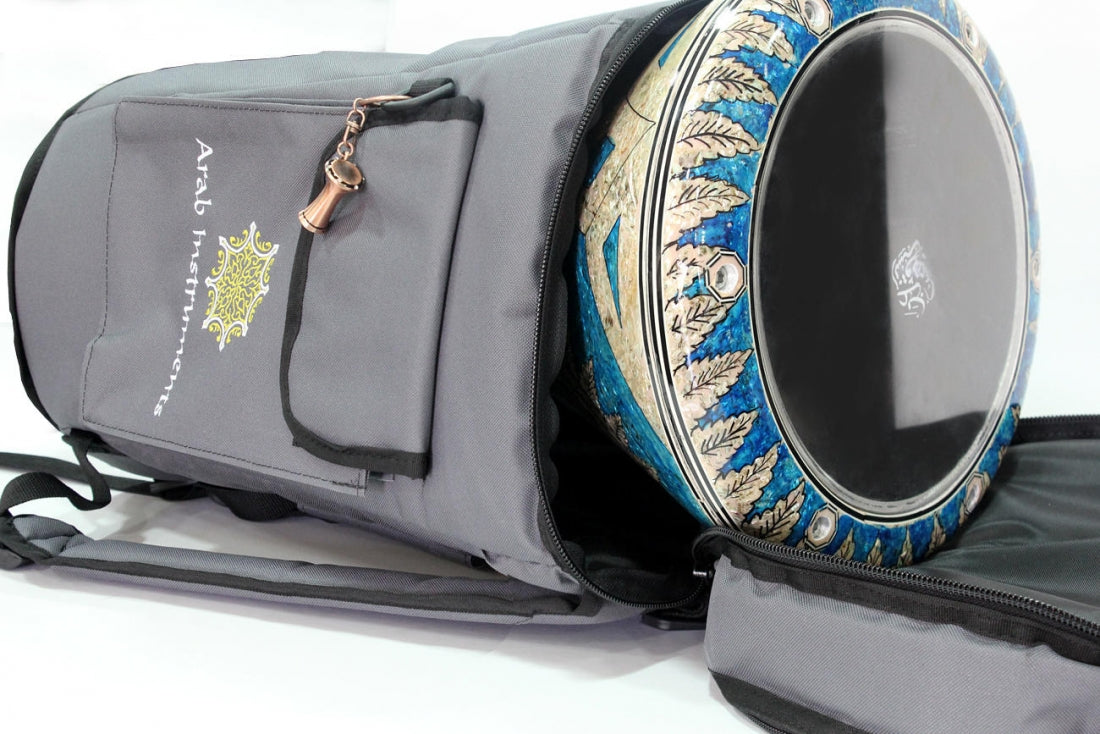
Which Doumbek / Darbuka Case Will be the Best for my Drum?
Numerous professional doumbek players incline toward Egyptian Mother of Pearl Doumbek and ceramic drums with heads made of natural materials like fish skin for their inside and out to produce fabulous sound and tonal extent with full dooms, sharp teks and simple ka tones. Ceramic and mother of pearls drums are more delicate and fragile than their metal counterparts, so some additional consideration is needed with the drums like this.
Doumbek instrument can be of both great sentimental and financial value. That’s why it’s important you do all you can to protect your instrument against loss or damage.
The Doumbek musical instrument (especially the mother of pearl and the ceramic ) can be of both great sentimental and financial value. That’s why it’s important you do all you can to protect your instrument against loss or damage.
Each Darbuka player is hunting down the most fine packing solution for his instrument, and numerous are offered on-line. On the other hand, none are furnished with all the important elements to make a fantastic item for the expert player searching for a restrictive delicate case.
Arab instruments" is pleased to present the new delicate cases for Darbuka/Doumbek drum. There are different scopes of a definitive delicate case, to give better security to your valuable instrument, utilizing just the finest materials. If you’re flying to another city it can be a best choice to keep your instrument secure throughout the traveling.
FEATURES
Arab Instruments's doumbek case has been prepared with a fabric of highest quality along with 2 internal pocket layers (1cm of sponge and 1cm of palziv). The additional bottom layer of the case prevents the instrument from water or liquid damage. Extra non-slip elastic cushions on the base of the case to counteract sliding. The case consists of two thick cushioned shoulder straps for open to conveying (LV) + convey handle. The extra strap connected to a 2 catches for open to carrying on a one shoulder. The Hand weaved "doumbek Instruments" logo at the highest point of the case. These special doumbek cases arrive with a doumbek key chain holder. Get free keychain with doumbek case. The cases are available in a different sizes and shapes for the best use of your instrument protection.
Additional Features: Extra pocket (with Arab Instruments Logo) for your own stuff or for the shoulder's strap. We have included a wood base at the base of the case keeping in mind the end goal to balance out the case from falling. We have included another layer at the base of the case for additional agreeableness while you convey it on your back.
- The case will fit for any darbuka up to 18.86" (48 Centimeter).
- The top cell will fit for riq or tambourine up to 2" (5.2 Centimeter).
- Breadth of the top case: 12.4" (31.5 Centimeter).
- Width of the base case: 9" (23 Centimeter).
In the event that you have been tired of awful fabrics, defective zippers, and modest defensive materials in your Darbuka case? Look no further than Arab instruments best and qualitative darbuka cases.
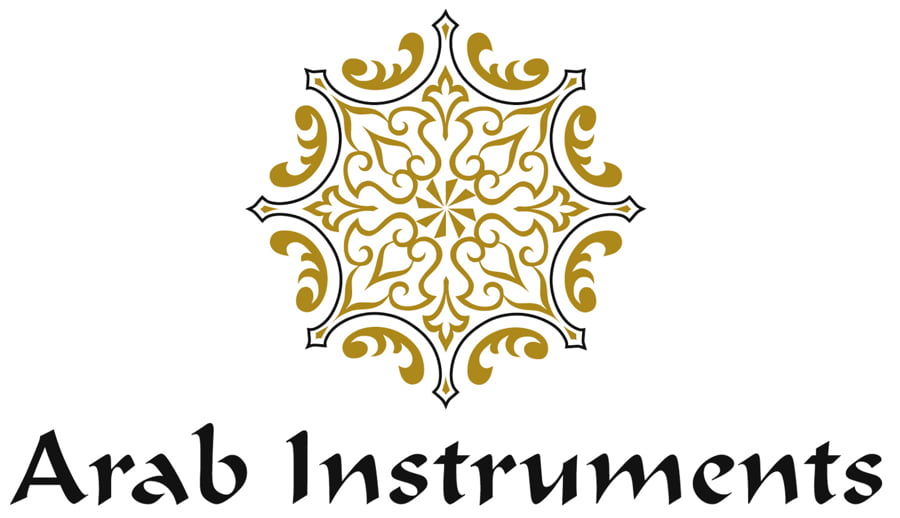









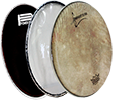






















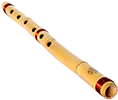
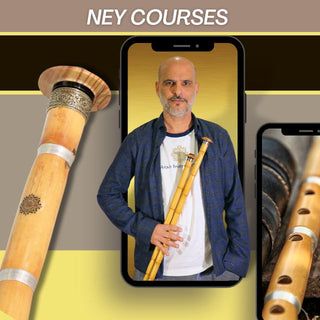



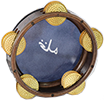

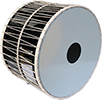
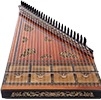
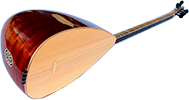
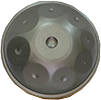
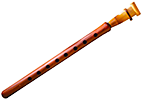













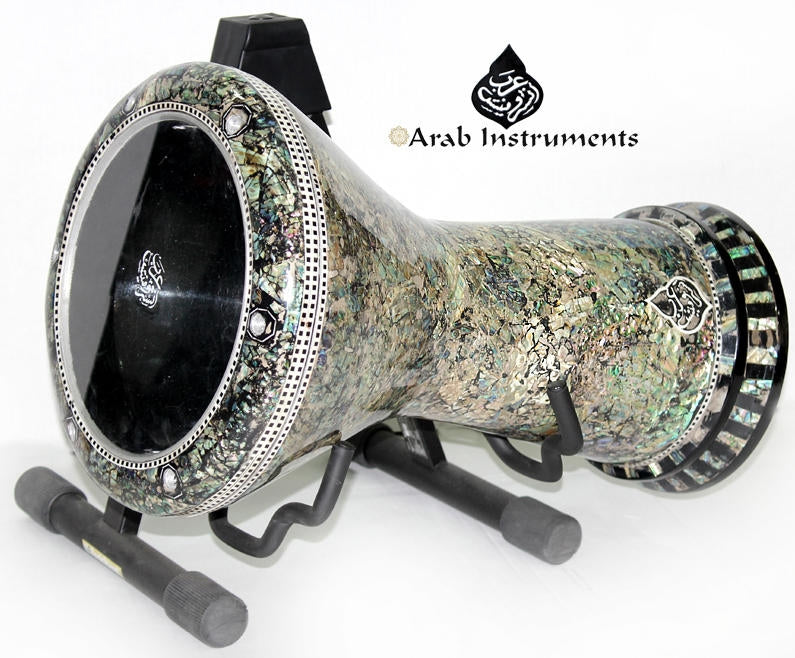
Leave a comment
This site is protected by hCaptcha and the hCaptcha Privacy Policy and Terms of Service apply.